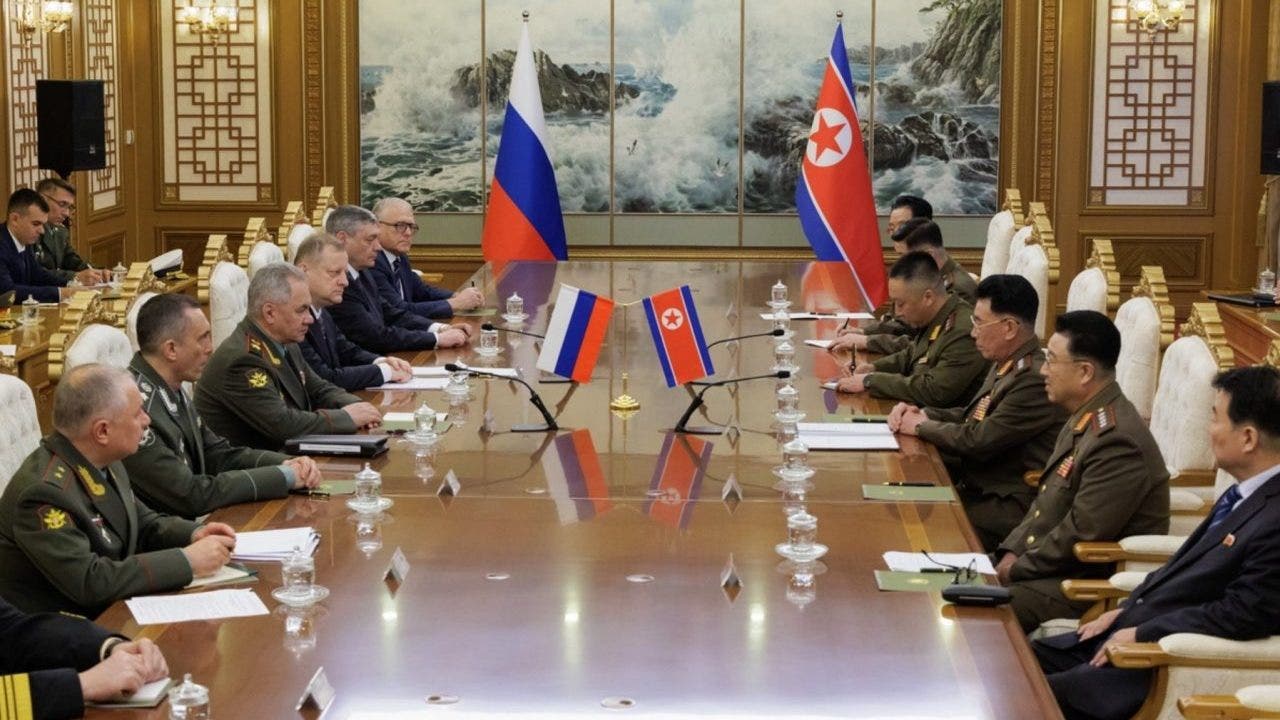Israeli forces have initiated a withdrawal from the key Netzarim corridor in Gaza, following commitments under a recently established ceasefire agreement with Hamas. This development has been hailed as a significant step in easing hostilities and enabling humanitarian aid to reach affected civilians in the region.
The Netzarim corridor, a strip of land that bisects Gaza, has been a critical area of military control since the escalation of hostilities between Israel and Hamas. The corridor’s strategic importance lies in its function as a divider for northern and southern Gaza, complicating the movement of goods, people, and aid. Its relinquishment by Israeli troops marks a pivotal moment in ongoing peace negotiations.
According to Israeli and Hamas sources, the withdrawal began on Sunday and has allowed for the resumption of limited civilian activities in the area. Families displaced by the conflict have expressed feelings of cautious relief, though concerns about security and sustainability of the truce persist.
The ceasefire, brokered by international intermediaries, aims to create conditions for a more stable and peaceful dialogue between the warring parties. Part of this agreement also includes hostage exchanges and commitments to ensure unobstructed humanitarian access.
Despite this progress, the ceasefire remains tenuous. Critics have pointed out that the agreement lacks detailed provisions on long-term solutions such as border arrangements, a comprehensive displacement plan, or measures to prevent the resurgence of hostilities. Many international stakeholders see the current developments as a test for both Israel and Hamas to demonstrate their commitment to peace.
For residents of Gaza, the withdrawal holds mixed implications. On one hand, it could signify the start of reconstruction efforts and the return of families to their homes. On the other hand, the immense devastation caused by the conflict will require extensive rebuilding and international support, both of which are contingent on continued peace.
Israeli officials have highlighted the strategic risks of withdrawing from such areas, noting that forces must remain vigilant against emerging threats. For Hamas, the withdrawal is touted as a victory that demonstrates its standing in the broader conflict. The group has called for continued international visibility to ensure that agreed-upon terms are upheld by all parties.
In Israel, the political fallout of the ceasefire and subsequent withdrawal has sparked debates. Prime Minister Benjamin Netanyahu faces mounting pressure from domestic critics who argue that the cessation of hostilities might be perceived as a concession to Hamas. However, there are also voices within the political landscape that recognize the humanitarian necessity of such a move.
Observers view this withdrawal as one of many potential indicators of a fragile peace. Both Israeli and Hamas leaders are expected to navigate challenges tied to public perception, military readiness, and the logistics of implementing ceasefire agreements.
International mediators and humanitarian organizations have underscored the urgent need to capitalize on this window of opportunity. Priorities include securing additional truces, ensuring unrestricted entry of fuel, food, and medical supplies into Gaza, and fostering dialogues for more enduring resolutions.
As the region braces for the subsequent stages of the ceasefire’s implementation, the withdrawal from the Netzarim corridor stands as both a pivotal and precarious move. The international community continues to monitor developments closely, acknowledging that this moment, though hopeful, carries no guarantees of sustained peace.
The cessation of military actions and a nascent commitment to dialogue could serve as foundational steps toward alleviating a decades-long conflict. Yet, the challenges of mistrust, political aspirations, and humanitarian crises loom large over the process.



